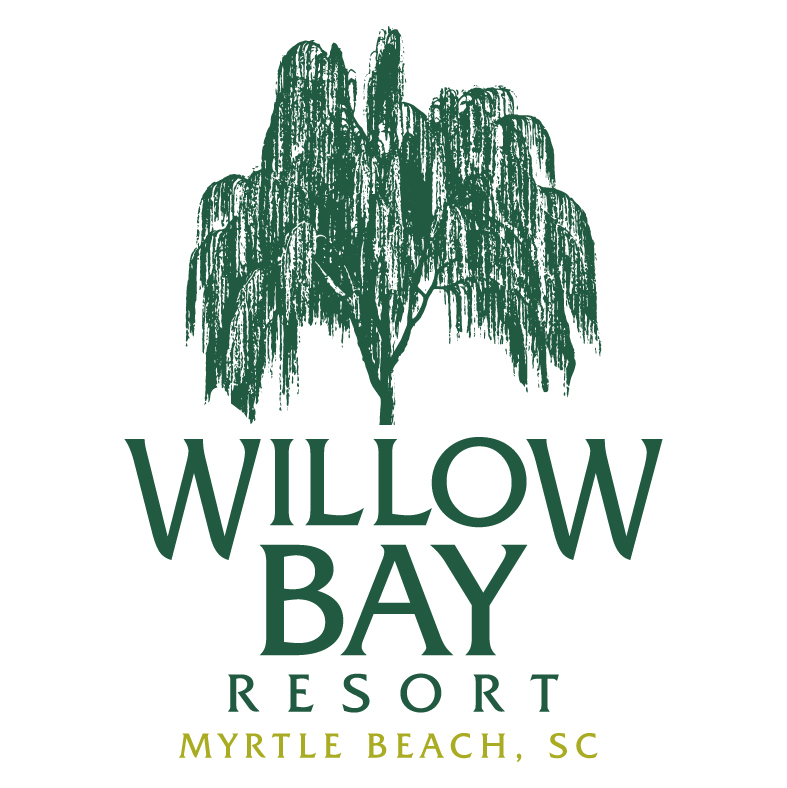Myrtle Beach State Park
Myrtle Beach State Park, 4401 S. Kings Highway, Myrtle Beach, (843) 238-5325
Just eleven miles from Schooner Beach and Racquet Club is Myrtle Beach State Park, which has one of the few remaining maritime forests on the East Coast. The nature trail is only about a mile long, but it has interesting plaques identifying many of the enormous old-growth trees.
The park has a pier that’s nice for strolling or grabbing an ice cream cone from the shop, and they rent fishing tackle if you’d care to dip a line. The nature center has many family-style education seminars, but if you’d like to be alone on the beach, here’s a tip: drive into the park and turn right at the pier. Go all the way to the end of the road, to the last oceanfront wood pavilion and park. At this location, there is a long expanse of beach with no development and hardly any people most of the year. It’s like the beach of your childhood dreams—nothing but dunes, sea oats, sand, shells, and waves.
Admission to Myrtle Beach State Park is a few bucks per person, but if you have a South Carolina State Park Pass, it’s free.
Huntington Beach State Park
If you drive a few miles further south, you’ll find Huntington Beach State Park and Brookgreen Gardens. They are located across U.S. 17 from each other, and they have a linked history.
Huntington Beach State Park, 16148 U.S. 17 (which is also called Ocean Highway), Murrells Inlet, (843) 237-4440
Huntington Beach State Park is known internationally for bird watching, nature photography, walking trails, and bicycling. As you enter the park, you’ll drive over a causeway with an inland marsh on both sides. On the right side, look for wild alligators sunning themselves on tiny islands. On both sides are migrating birds, from different kinds of herons and ducks to even tundra swans. You can park your car at the end of the causeway and walk back along its walkways for closer looks and photos.
If you turn right at the end of the causeway, you’ll find beach access with handy outdoor showers for washing off sand, a restroom, the visitors center, and a few picnic tables. There’s also a Moorish castle that was built during the Great Depression by the property’s owner, wealthy New York industrialist Archer Huntington. The castle is called Atalaya, and it was the Huntingtons’ winter home. Archer’s wife, Anna Hyatt Huntington, was a prominent American sculptress, and in part of Atalaya, visitors will see her sculpting studio where she kept bears, horses and other wildlife that she used in her artistic process. The Huntingtons donated the land for the park.
If you turn left at the end of the causeway, you’ll come to a parking lot with a restroom. There is another beach access here, and if you go to the beach and turn left, you’ll walk along some gorgeous and pristine coast. The walk ends at a long rock jetty. Also beside the parking lot is one end of a forested walking trail that meanders around a freshwater pond. Bird watching observation points are set up in several places around the pond.
Brookgreen Gardens
Brookgreen Gardens, 1931 Brookgreen Dr., Murrells Inlet, (800) 849-1931
Brookgreen is also a legacy from the Huntingtons, and it is the world’s largest outdoor sculpture garden. It has more than 9,000 acres of former rice plantations adjacent to the Intracoastal Waterway and more than 1,400 sculptures dating back from the early 1800s to the present.
This natural showplace has manicured gardens with gorgeous flowers, glorious indigenous trees, a natural “zoo” with native animals, boat tours, and more. If you like art, nature, and history, Brookgreen Gardens is a delightful attraction.
Brookgreen also has a terrific culinary staff in its restaurants. Our favorite place to eat there is the Old Kitchen, which is an actual old plantation kitchen.
Tickets to enter Brookgreen are $18, and they’re good for one week’s worth of admission. Wear comfortable walking shoes!




